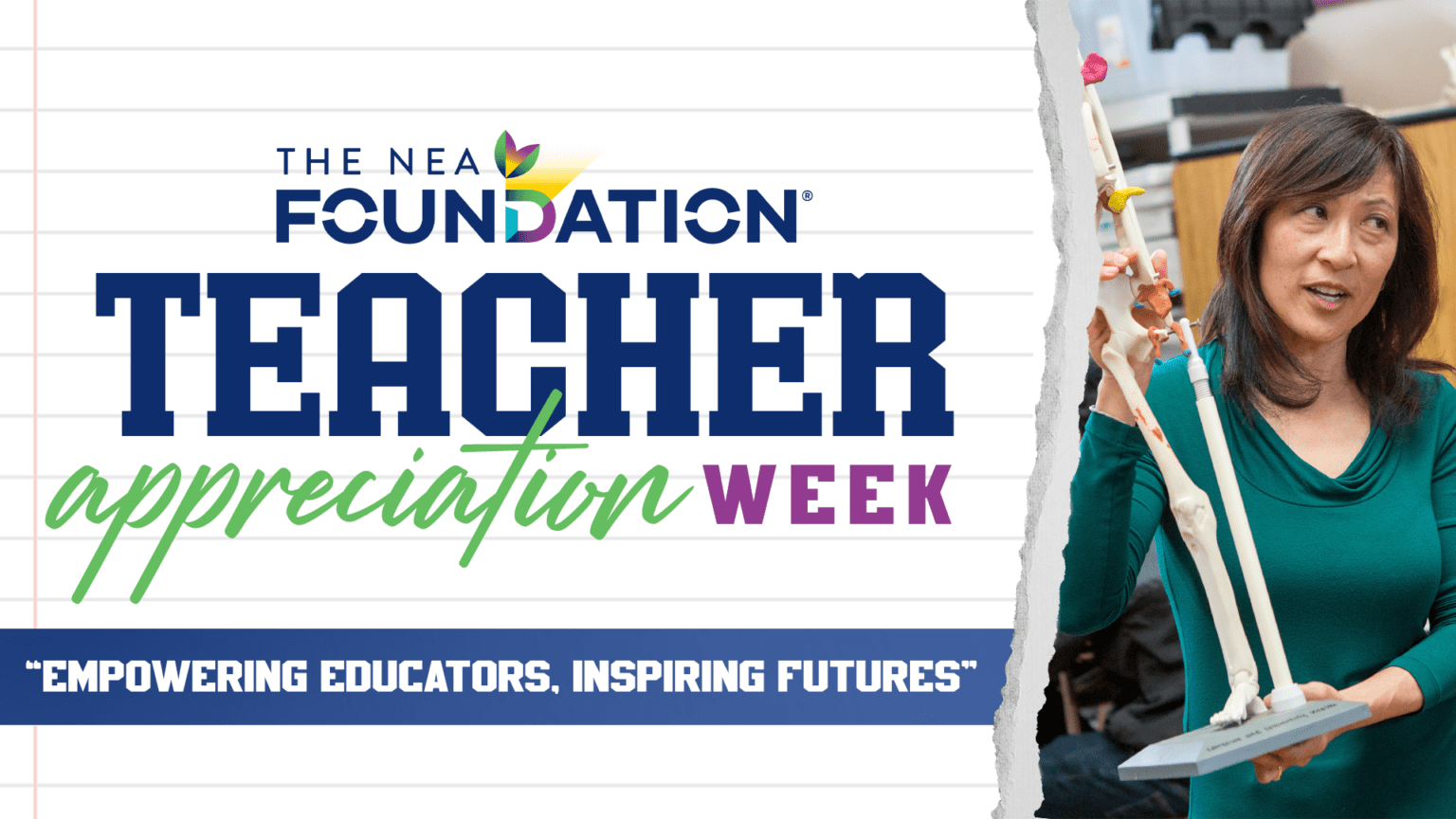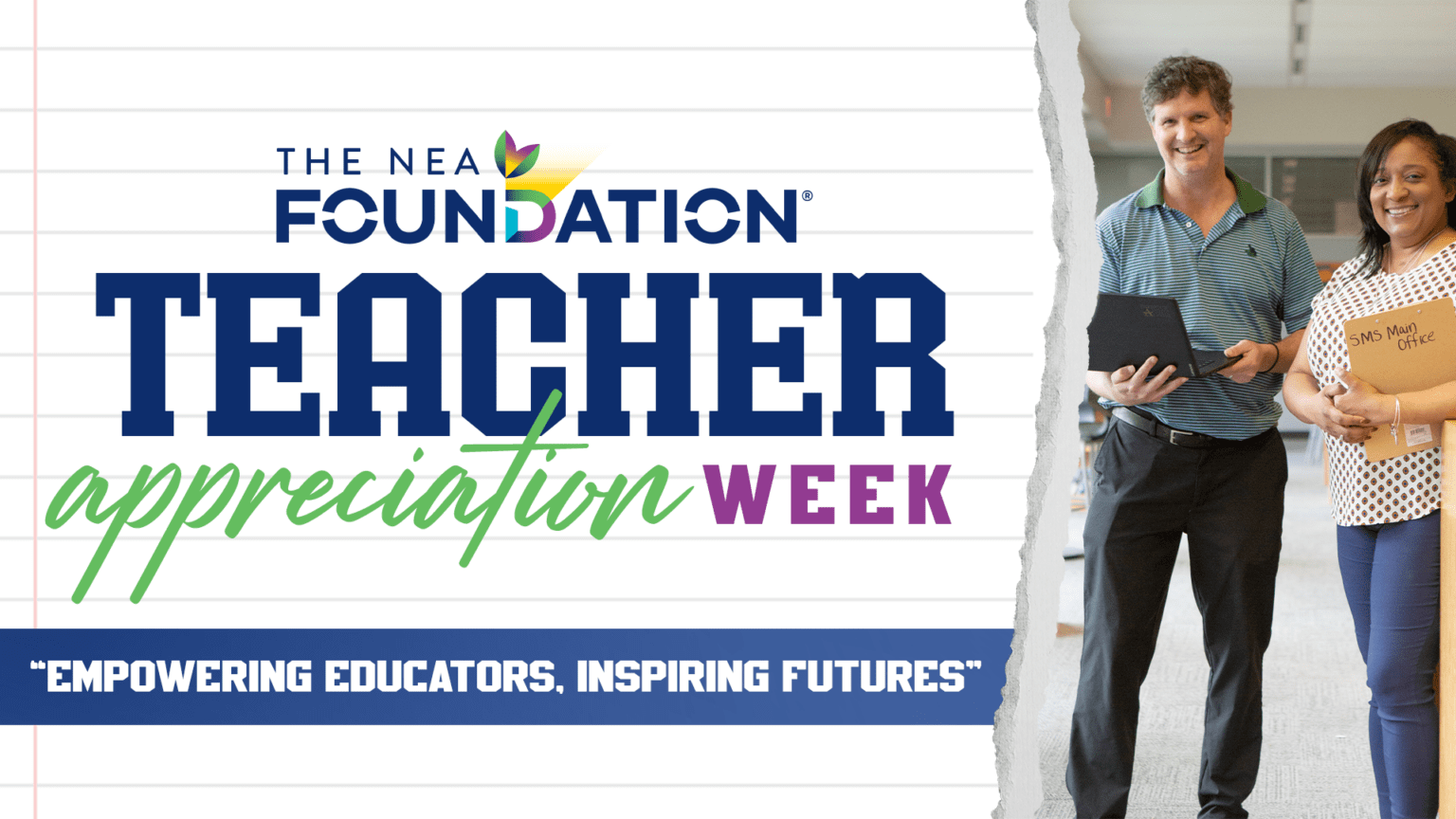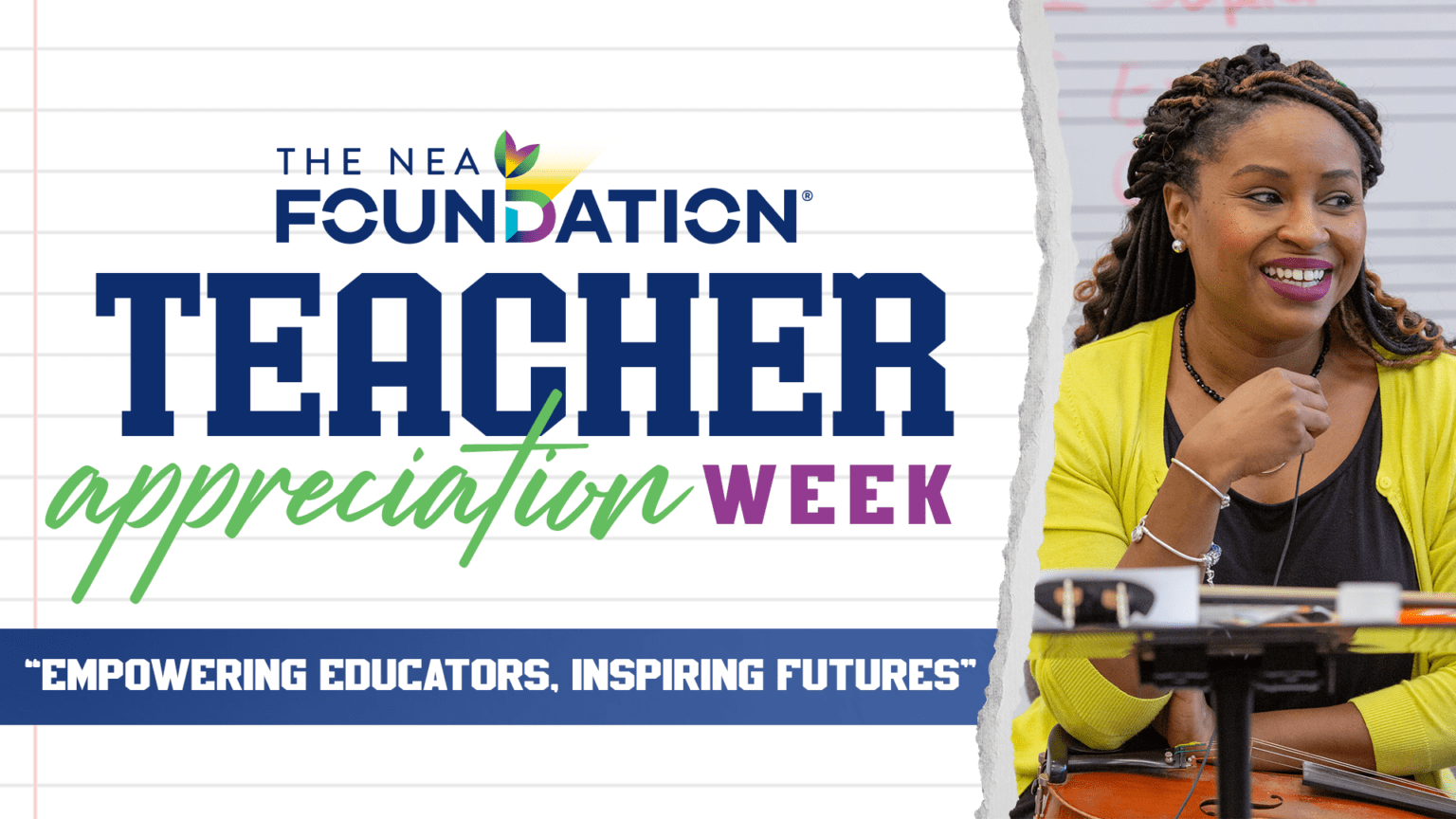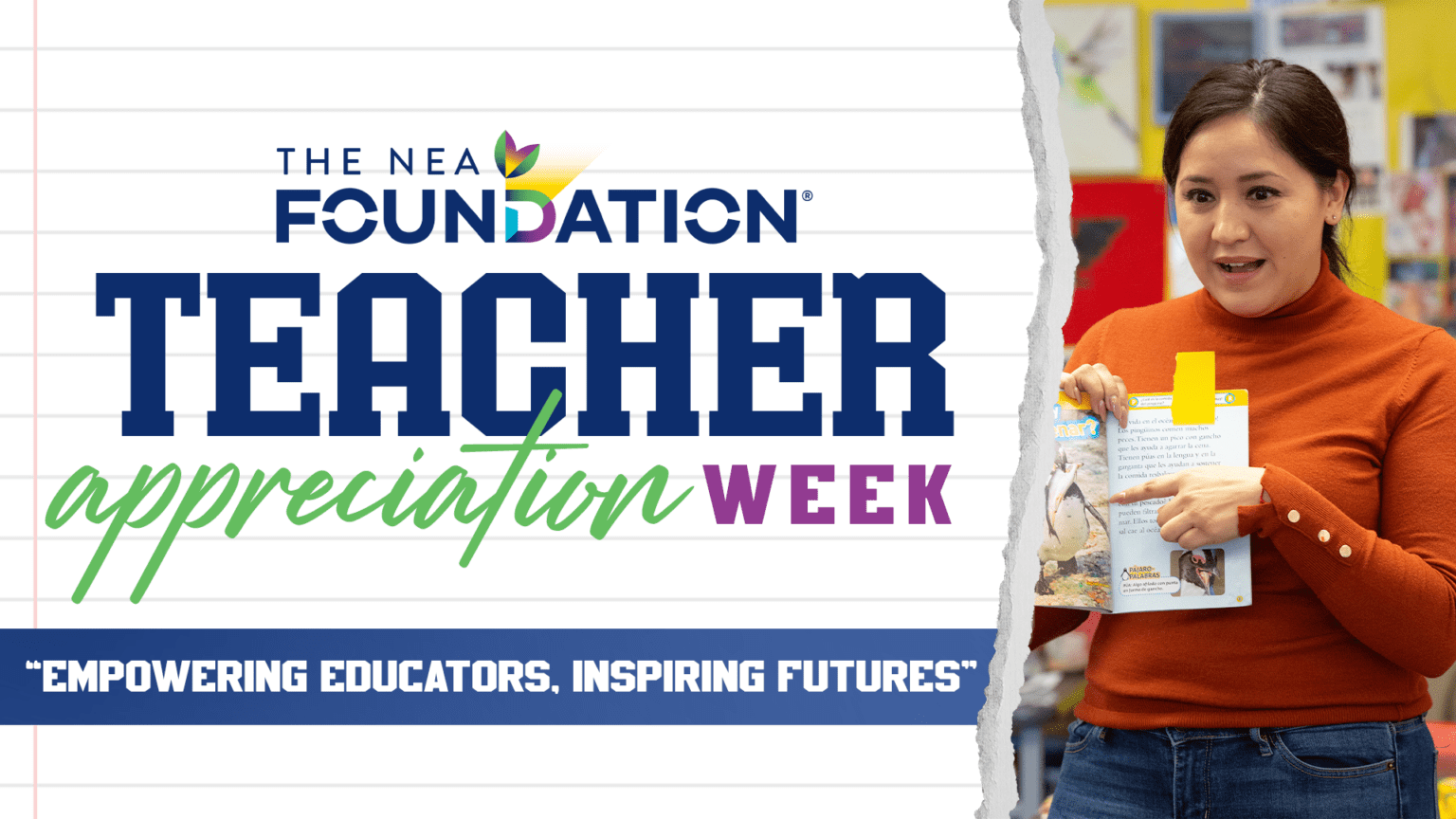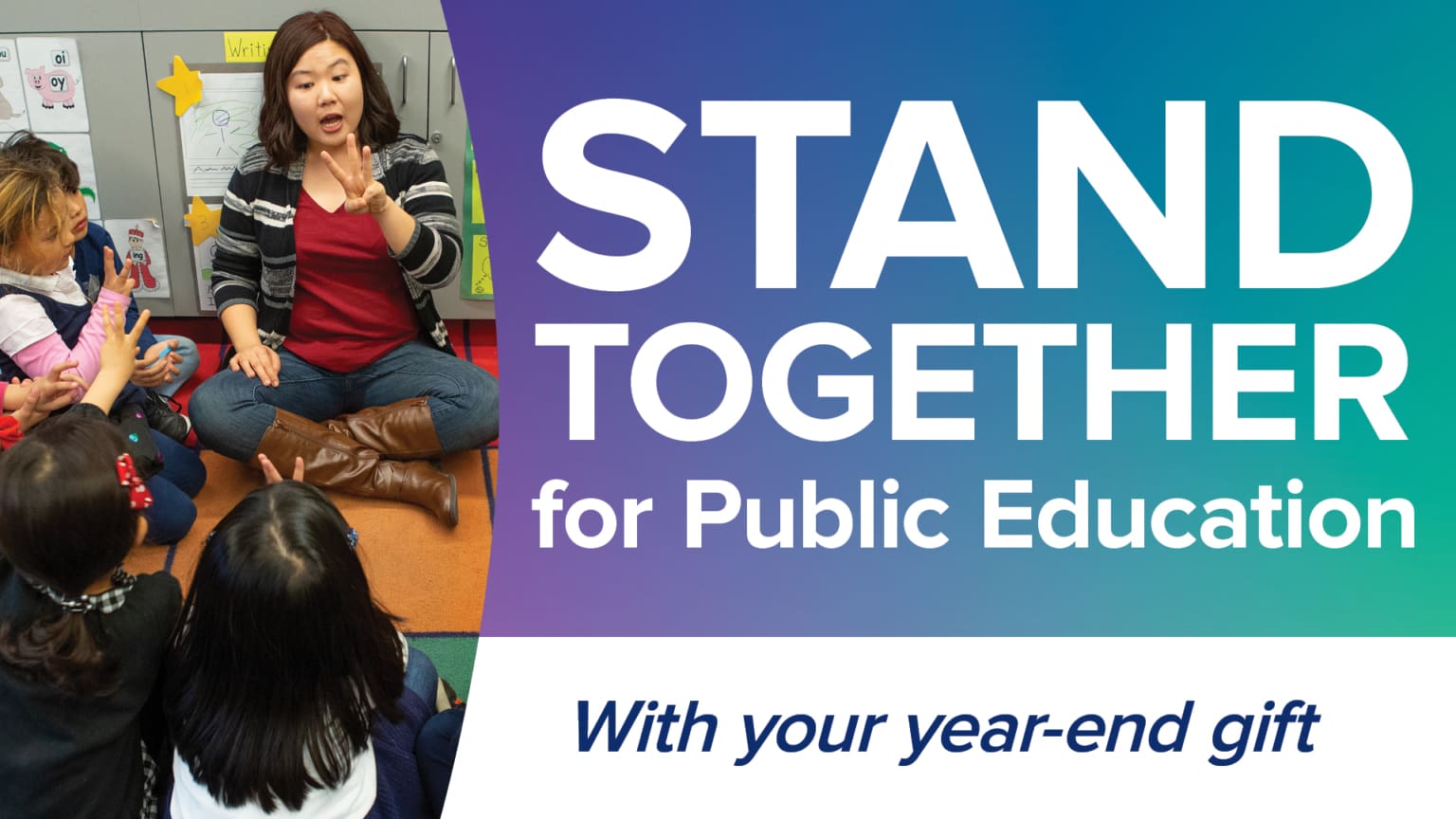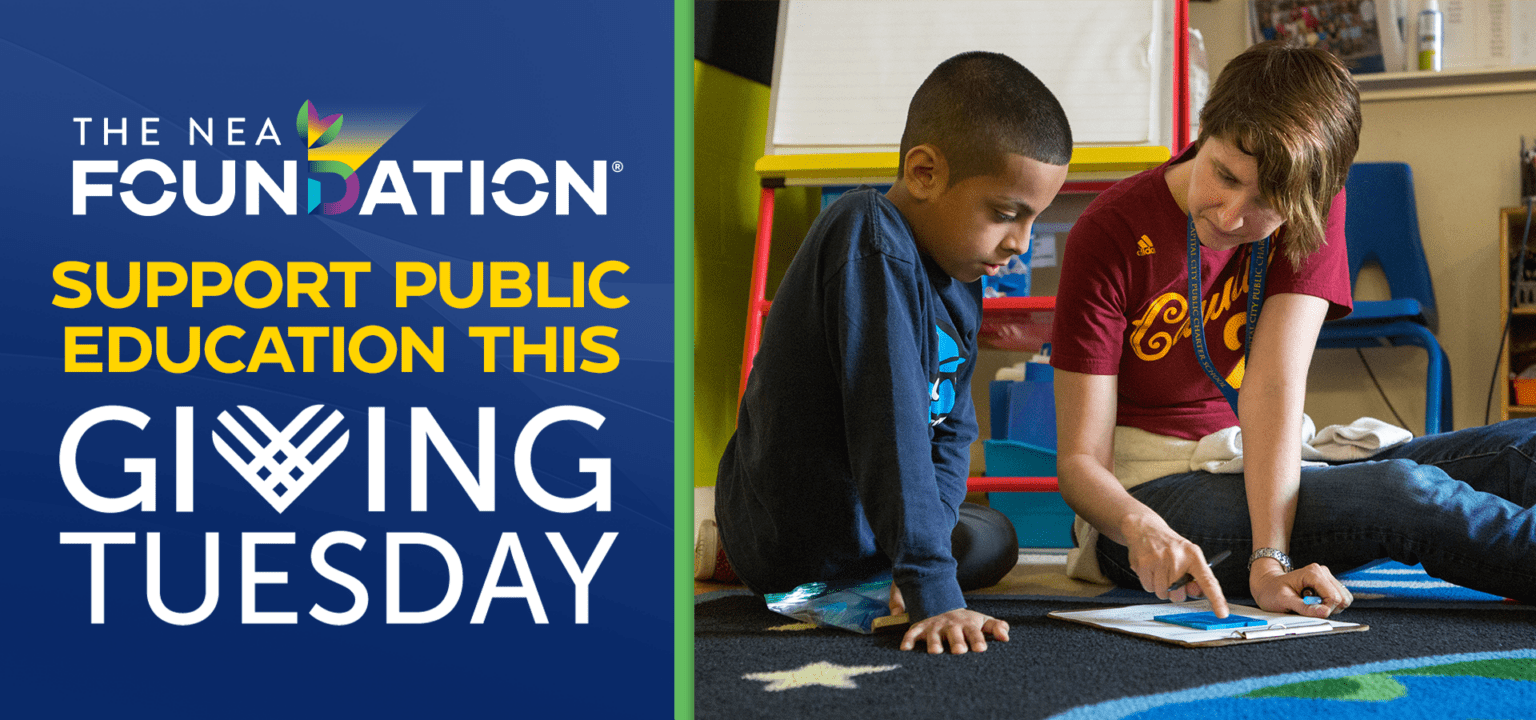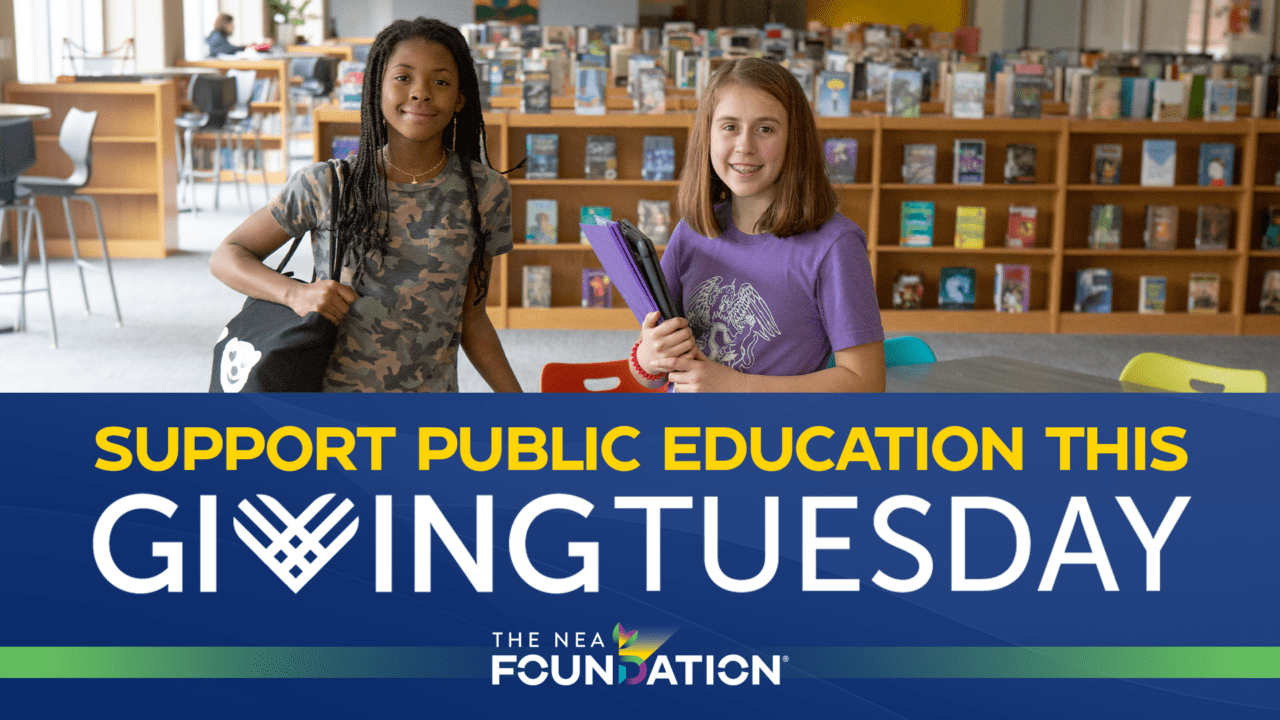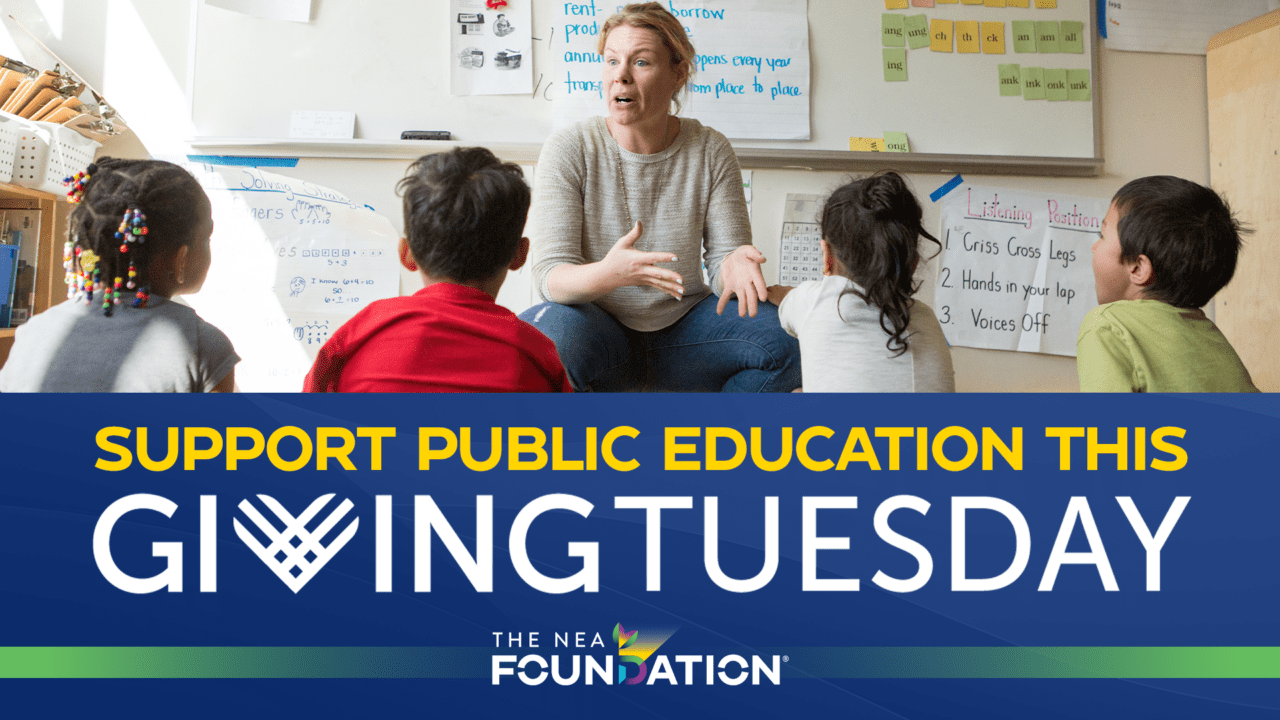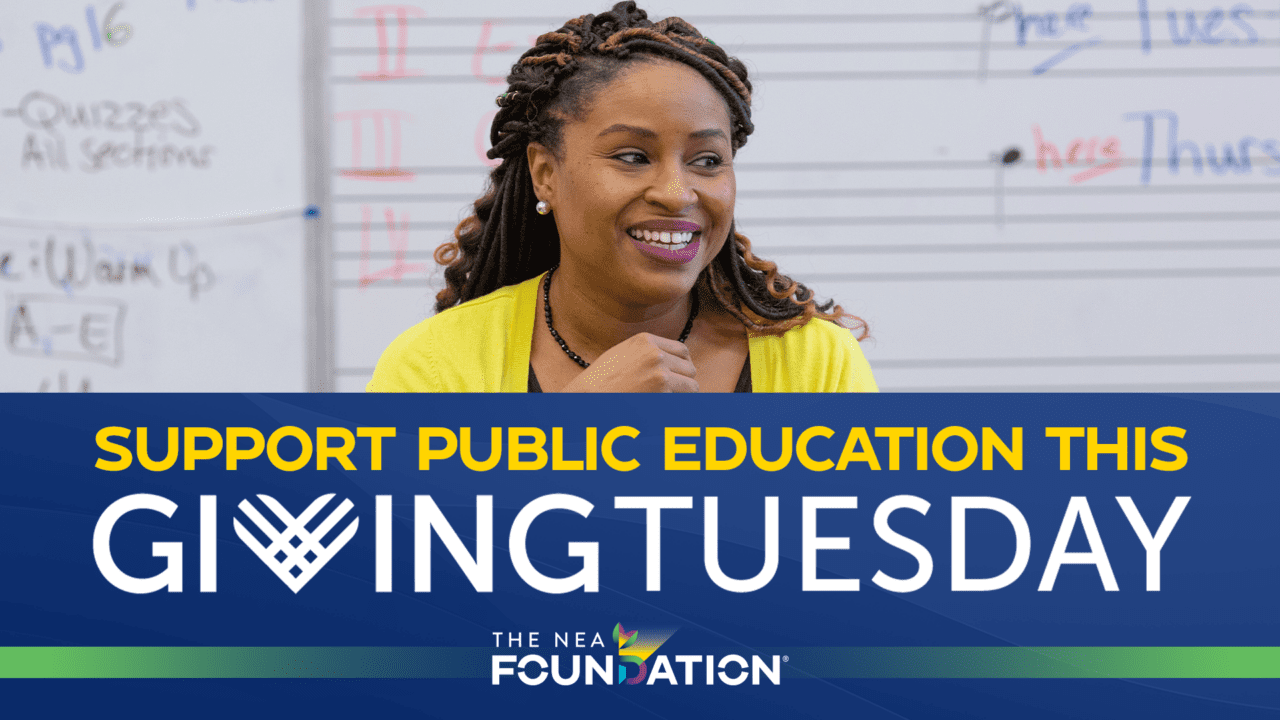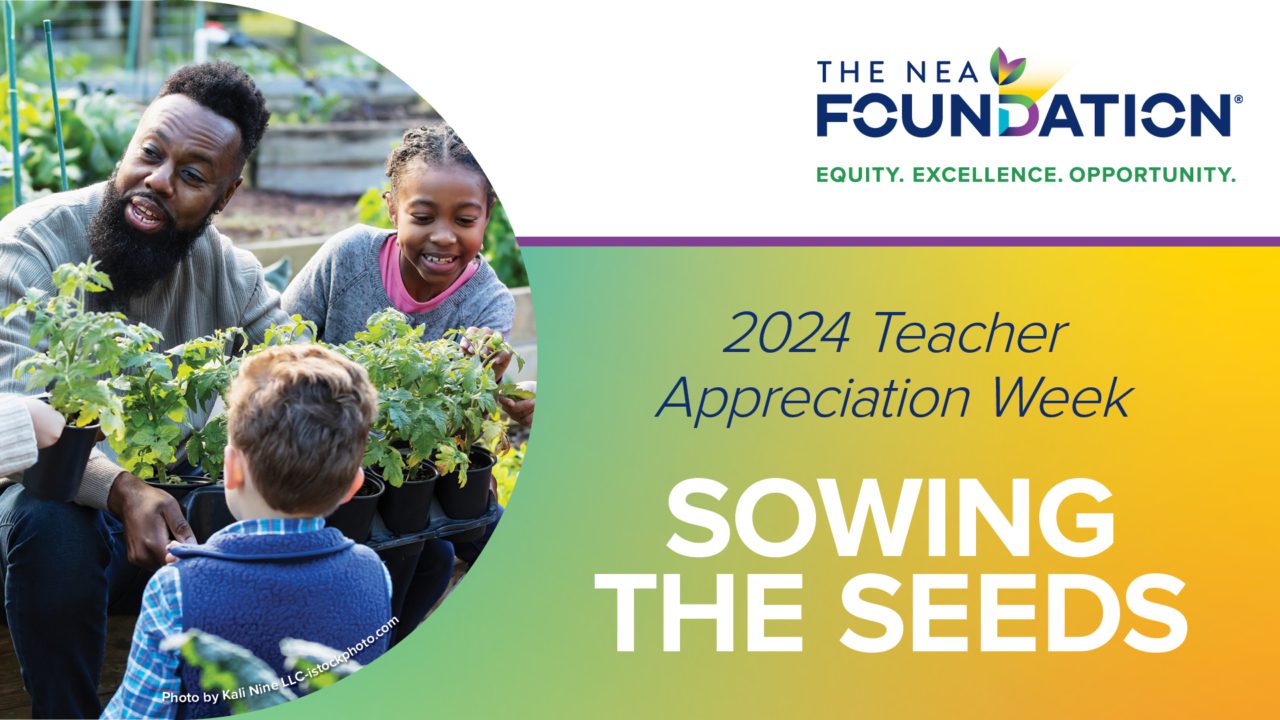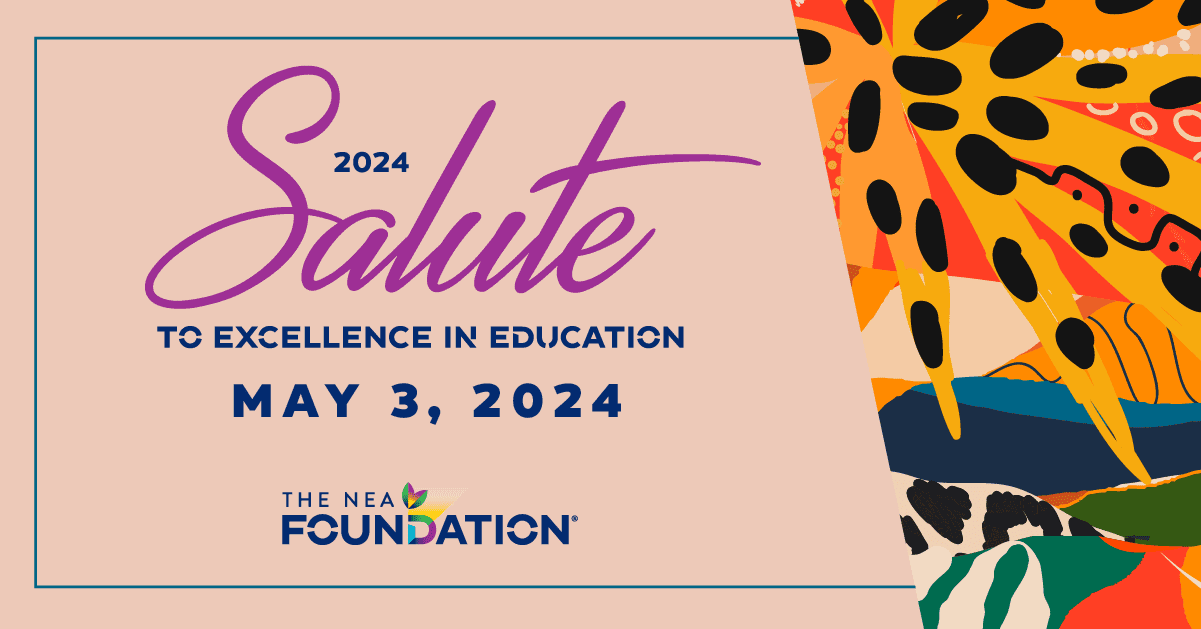Recently, the NEA Foundation announced the five winners of the Horace Mann Award for Teaching Excellence, who were nominated by their NEA state affiliates from among public educators around the country. These educators are amazing. Here’s just a snapshot of what they do:

Like many educators, Sonia Galaviz begins her school year well before her students arrive for class. But for Sonia, the school year doesn’t start at school.
Each year, Sonia visits the families of every student in her 5th grade class in Boise, Idaho. “My students are an extension of my own family for the school year,” she says. She’s not kidding – twice a year she hosts a class Family Dinner, where students can show off their work and parents can see what their sons and daughters have accomplished.
Sonia’s family involvement isn’t limited to a few times a year. She goes to her students’ soccer games. She attends Shabbat and Diwali celebrations. She encourages her students to share their cultural values and experiences, a type of homegrown global competency.
“Involving families and home cultures in the classroom is key to her pedagogy,” says Idaho Education Association President Penni L. Cyr, who nominated Sonia for the award.

There are three steps to becoming a better student: read, read, and read. With the NEA’s Read Across America grant, Stephanie Johnson saw an opportunity to involve the community in getting students excited about reading. So in 2014, she applied, and her school received a grant that helped them host a school-wide assembly and read-in.
But Stephanie went beyond the walls of her school to encourage reading: she invited parents and community leaders to read to and with students.
This innovative education program has only grown since then. This year, local high schools, colleges and universities, the US army, legislators, churches, businesses, and even the mayor joined in to help Stephanie and her colleagues share the joy of reading with students.

Learning isn’t just for students. Great educators like Al Rabanera are constantly looking for new opportunities to grow and to help their colleagues do the same.
Al, a high school math teacher in Fullerton, California, continues to research innovative education program ideas since receiving his doctorate in education. And after being thrown into the classroom in what he called a “trial by fire learning experience” at the beginning of his career, he decided to make sure other educators were better prepared.
Al coordinates the Teachers Teaching Teachers event twice a year to help educators across southern California develop and improve their teaching practices. The one-day event also connects new educators with mentors who can guide them through the often rocky first few years in the classroom.

As Sonia, Stephanie, and Al have shown, good teaching depends on more than what happens in the classroom. It involves cultures, families, communities, educators working together – and it also involves policy. By making their voices heard, educators can help create an environment that works for teaching and learning.
Melissa Ladd is “a champion for teachers,” says a colleague in her rural Georgia district. She’s met with policymakers to advocate for equitable funding for schools and for fair assessments for educators. She talks with the Georgia House of Representatives Education Committee Chair every other week about meeting the concerns of educators and the needs of students.
“I feel I have a voice and the tools to engage the public in a dialogue of improving schools,” Melissa says.

The classroom is the icon of teaching. It’s where all of these pieces – appreciation for diversity, community involvement, professional development opportunities and advocacy for educators – come together to help kids know more. And every educator has a unique way of reaching students.
Carol Bauer’s way of reaching her fourth graders starts with Genius Hour.
You might have heard about Google’s policy of having employees devote 20 percent of their time to coming up with new ideas and researching projects they’re interested in. Genius Hour does something similar in the classroom.
Carol’s fourth grade students pick a topic they like and design their own creative projects around it. They’ve made models of space stations, built replicas of stations on the Underground Railway, used a green screen to make movies, and much more.
The projects “encouraged students to reach beyond fourth grade, their books, and the subject,” to grow in confidence and creativity, says Child Development Resources Director and class parent Amy Bornhoft.
By innovating and finding new ways to reach students, other educators, policymakers, and their communities, educators like Carol, Melissa, Al, Stephanie, and Sonia give us all hope for the future of education. Congratulations to these fantastic awardees!
Inspire your own greatness with more examples of teaching brilliance and educational grant opportunities that can make a difference. See for yourself how the NEA Foundation can help.

